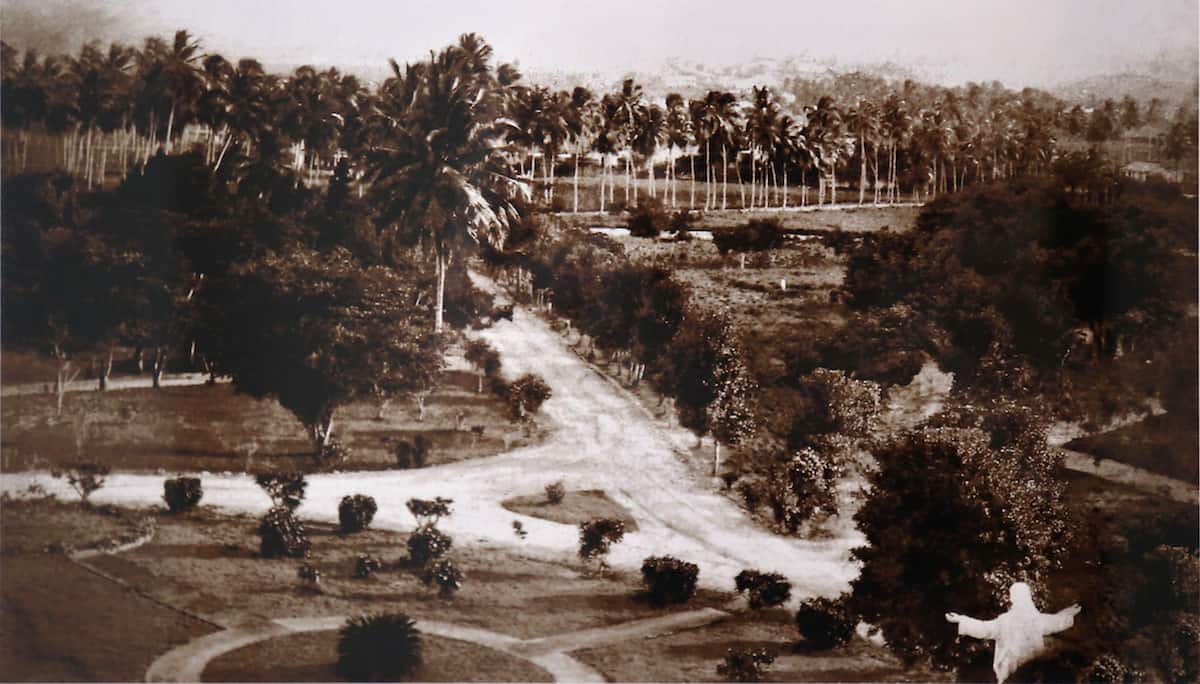With 139 years of history, Sagrado is an educational project capable of piquing the interest of historians and history buffs.

By Marla Figueroa Ramos
Integrated Communications
“The interesting thing about history is that we are all part of it.”
The smoke was a prelude to chaos. The bells of Sagrado’s Main Chapel rang in the midst of darkness and announced a fire in one of the houses of the community of Santurce. That is how, on April 20, 1914, the residents of the area near the Sagrado Corazon School were able to save their lives and ask for help from the firefighters, who, aided by the School’s employees, succeeded in quenching the blaze.
Sisters of the Sacred Heart of Jesus in Puerto Rico
For many, historical topics brings curiosity and even fascination. Castles, battles, cathedrals, artists, and masterpieces constantly become windows to the past, capable of transporting us back in time and space.

Since 1880, when three Sisters of the Society of the Sacred Heart of Jesus landed on the docks of San Juan, Sagrado has become an historic pillar of Puerto Rican society. This structural legacy gained greater strength when, in 1903, the nuns decided to buy 117 cuerdas (or Spanish acres) of land in the Santurce area. In 1906, what is now known as the emblematic building of Sagrado Corazon university was built on the highest point of these lands.
“The sisters are historical figures and their contributions have been transcendental. They are role models: from the beginning they broke down barriers by educating women in times when it was not a popular practice, and later, when sovereignty changed, they became the spiritual guides of the surrounding communities, thus compensating for the exodus of Spanish clergy from Puerto Rico. Knowing that we are part of this legacy is an incredible feeling that bids us to assume responsibility for the project, ” said Elisabetta Pezzuolo, pastoral and liturgical coordinator.

The architectural works on the building of the Sagrado Corazón School, built between 1906 and 1913, marked the beginning of the French influence in early twentieth century Puerto Rican architecture and, at the same time, helped promote the work of Puerto Rican workers.
“It’s amazing to see pictures of the Pórtico building, in the middle of the plot, surrounded by palm trees and vegetation, knowing that this structure has been with us for more than a century. It is truly impressive to know that we still have it,” said Pezzuolo.

On the other hand, the Chapel, with its neo-Gothic style, stained glass windows, arches, French style altar, and pews make the structure unique and special. In addition to its particular design and historical value, this building is significant for Puerto Rico because it was one of the places that received Pope John Paul II during his visit to the Island in 1984. These merits, and the historic quality of the building, prompted the Main Chapel and the central area of the Portico to be declared a historical monument in 1985.
“Being considered a historical monument, we have a great responsibility to preserve it. We want our community to be a part of it, to visit our Chapel, to get to know it and to preserve it so that, 50 years from now, we may become ourselves the main characters of the Sagrado history books, “concluded Pezzuolo.

The Main Chapel is open Monday through Friday, from 8:00 a.m. to 7:00 p.m. For more information, or to obtain a more detailed tour, you can contact elisabetta.pezzuolo@sagrado.edu Go visit!
Sources: Haydee Vecchini, rscj. (2003). Religiosas del Sagrado Corazon. Colombia: Paramericana Formas e Impresos S.A. University of the Sacred Heart, 50 years of history, 1935-1985, Integrated Communications. (2016). History. March 13, 2019, University of the Sacred Heart Website: https://www.sagrado.edu/historia/